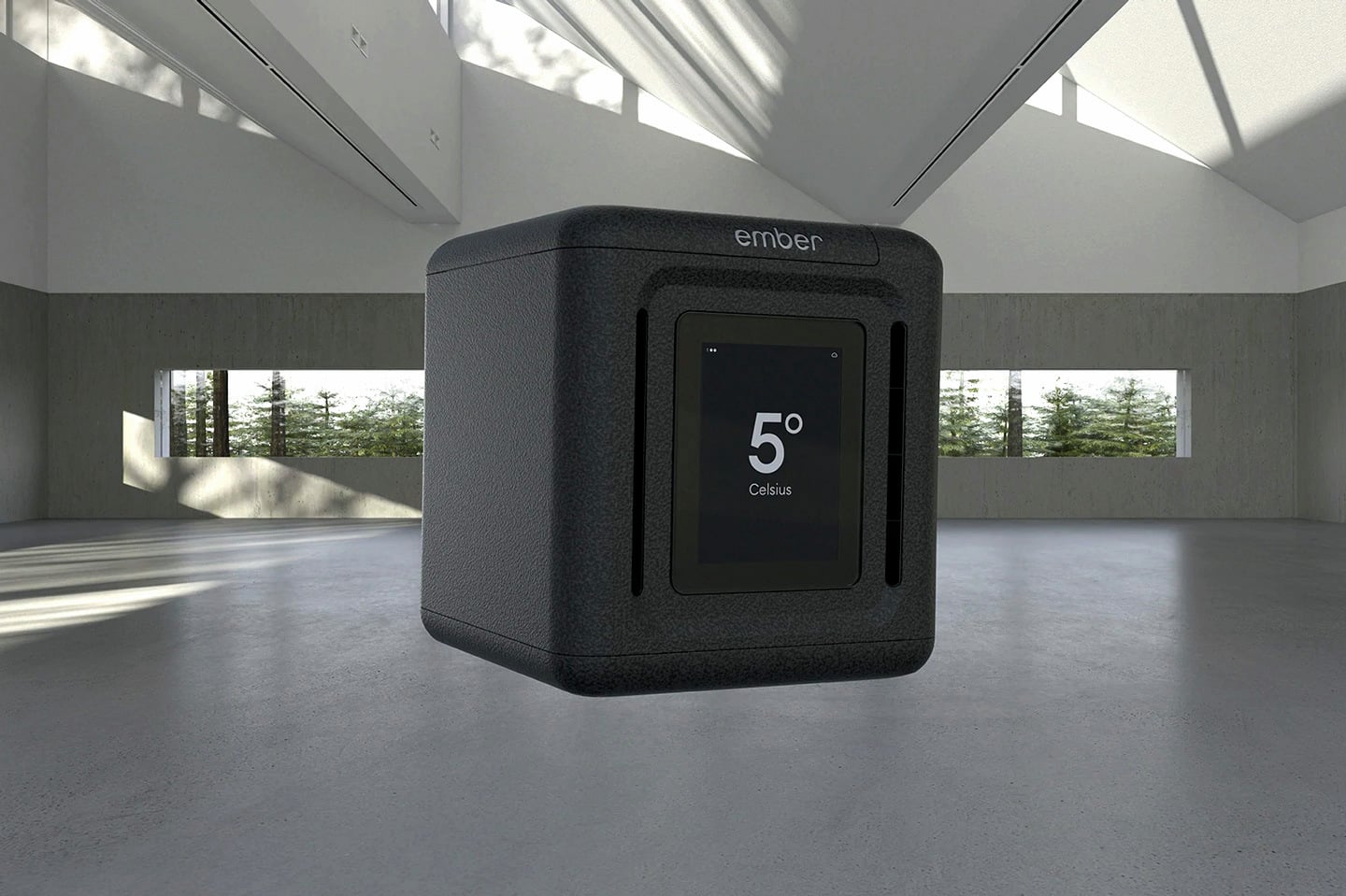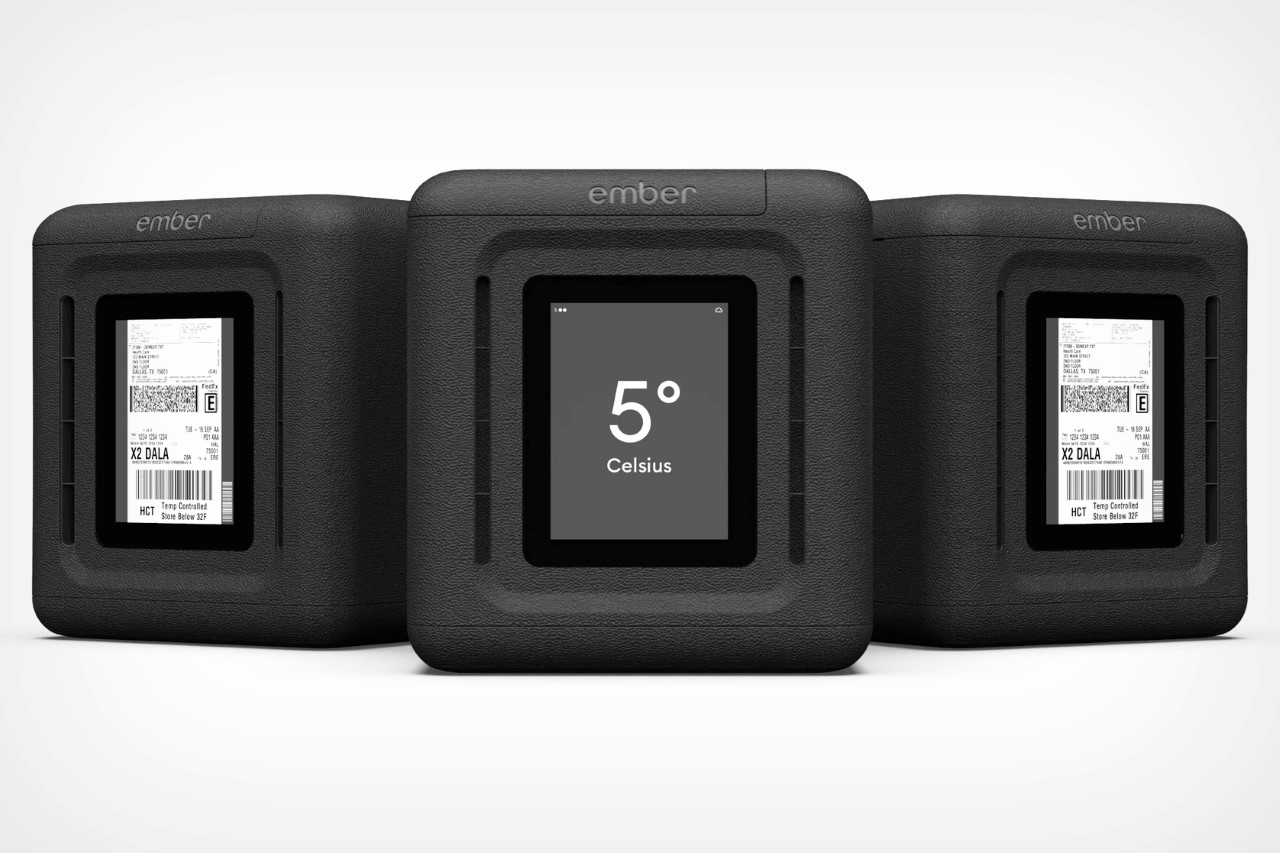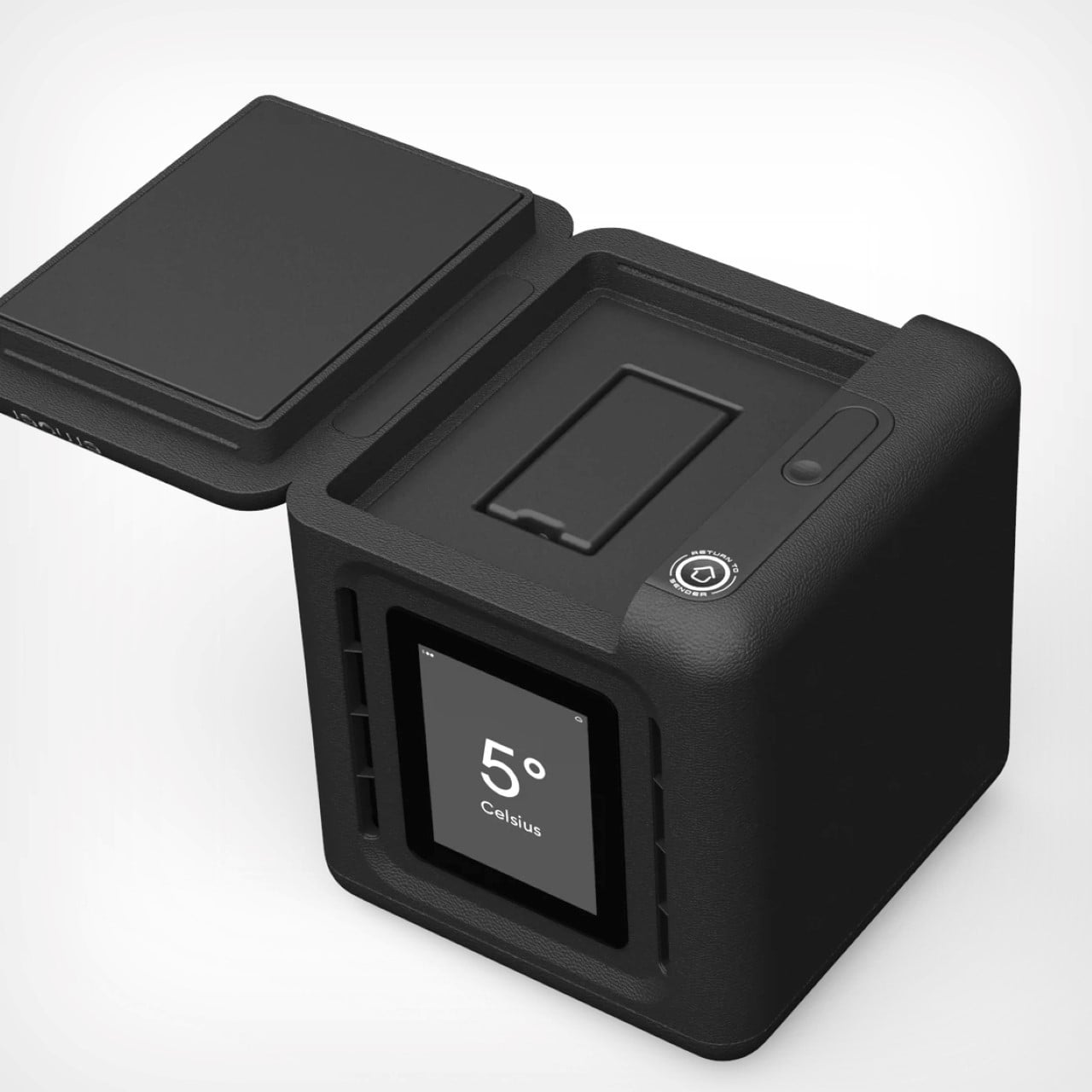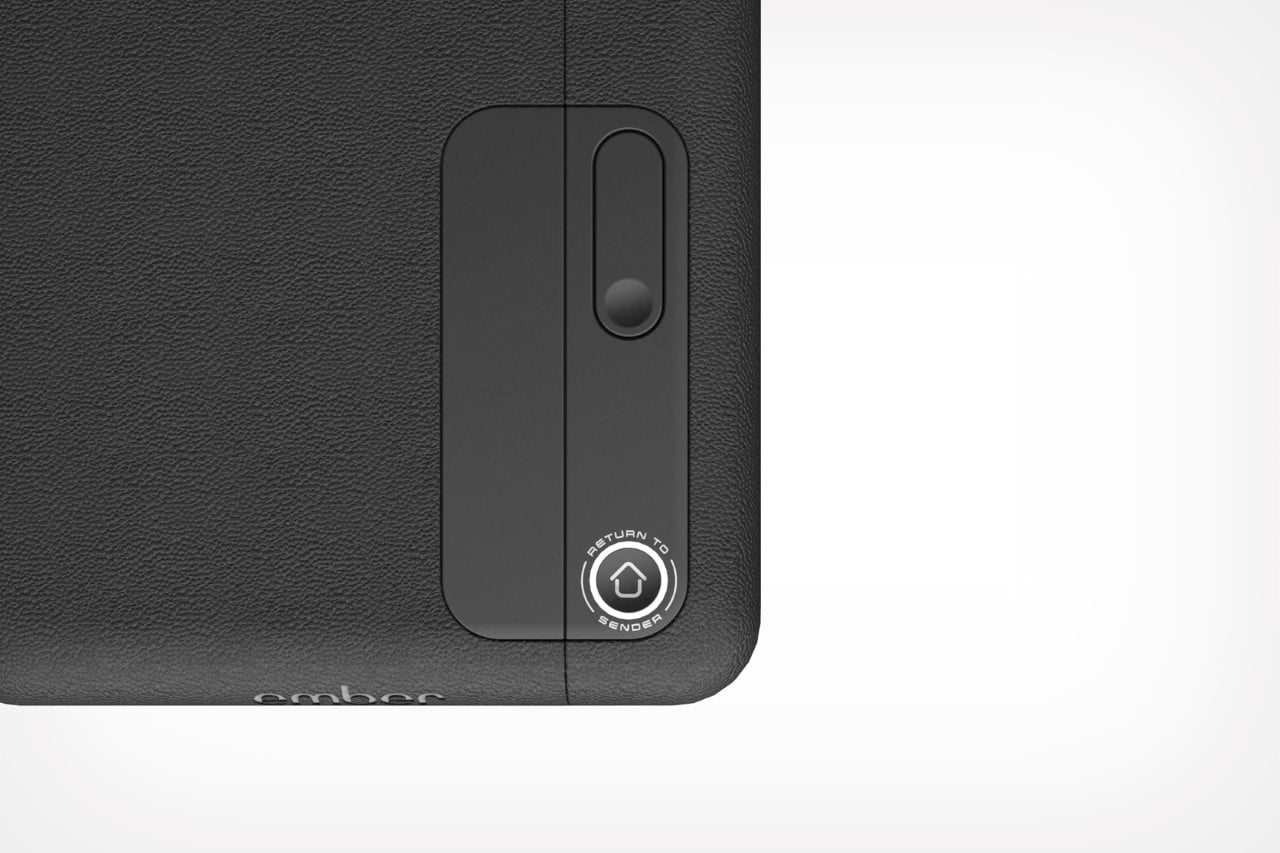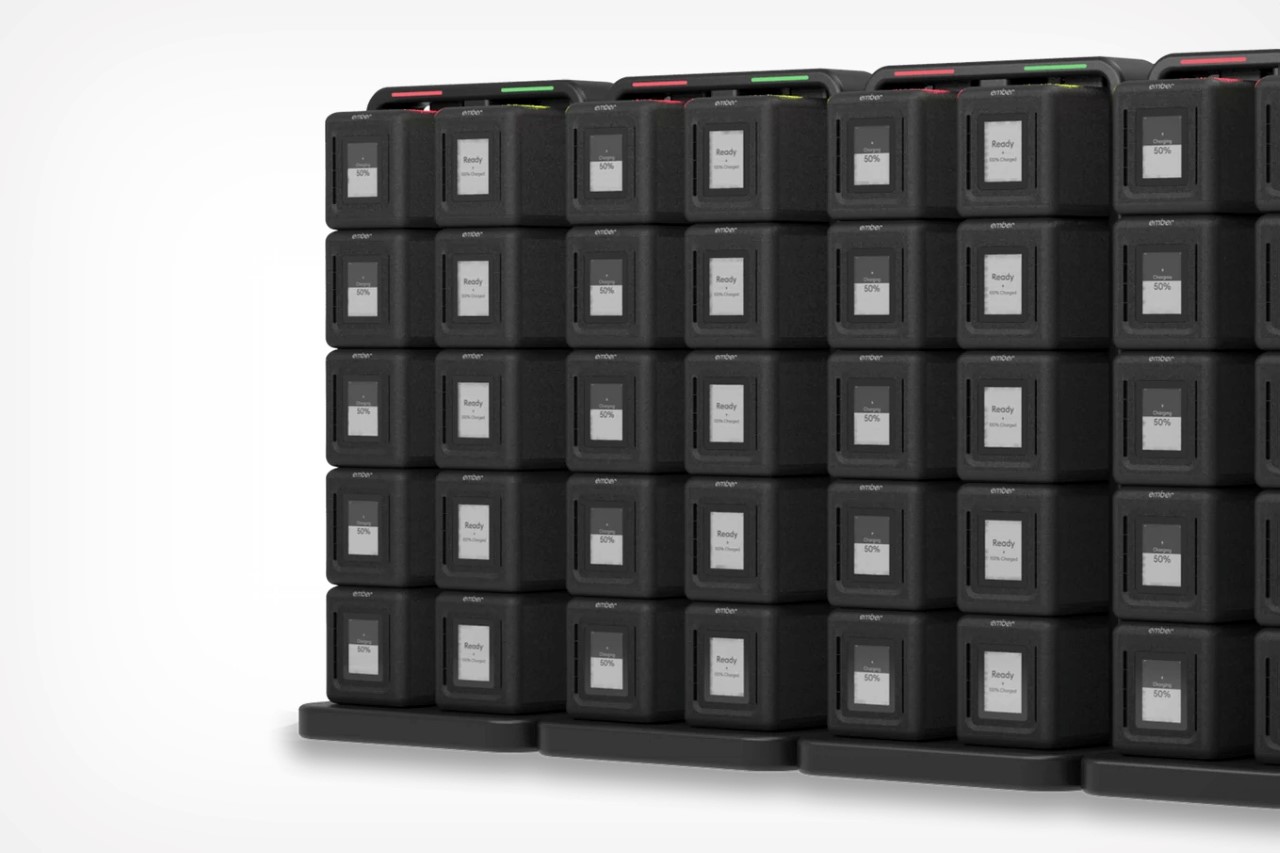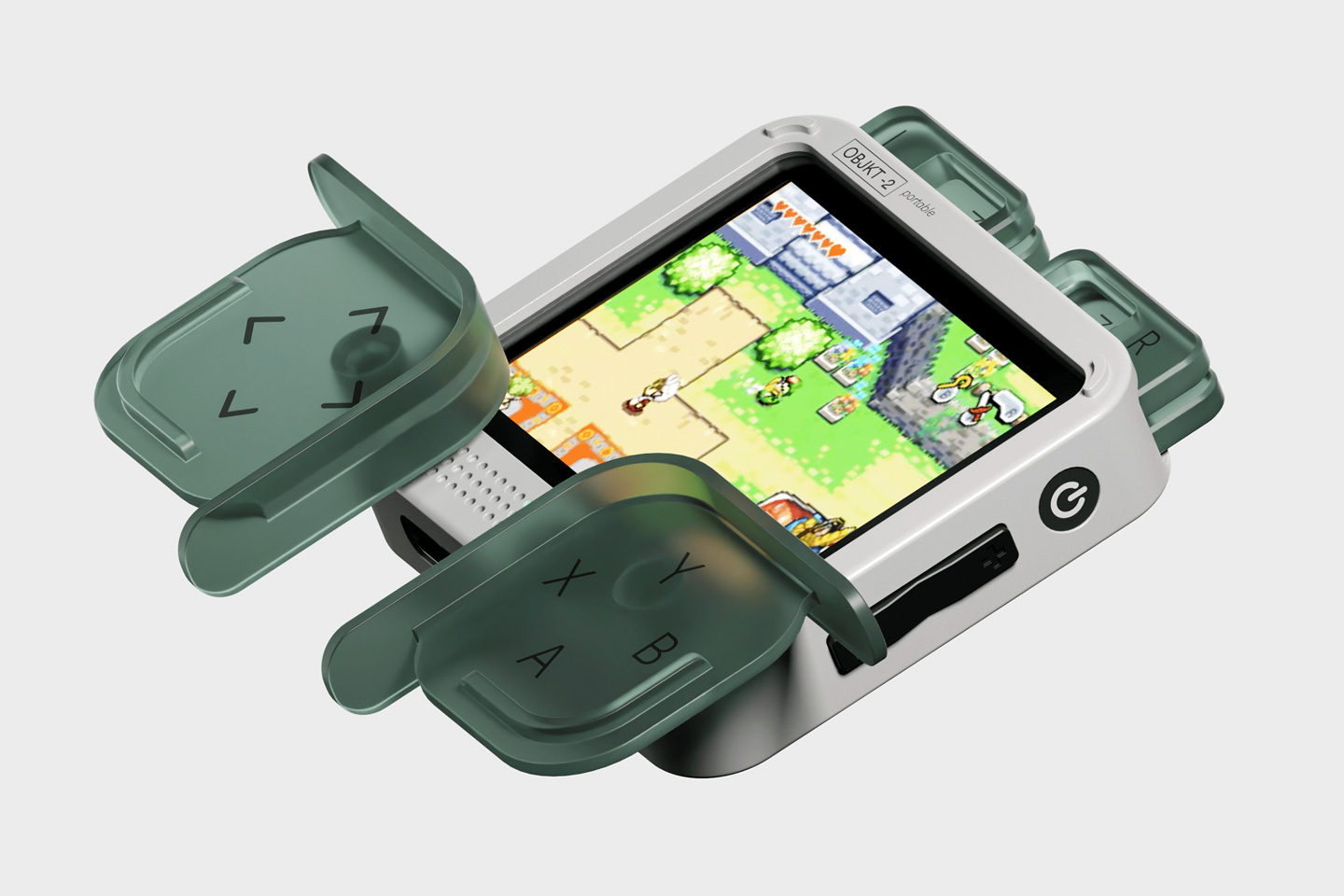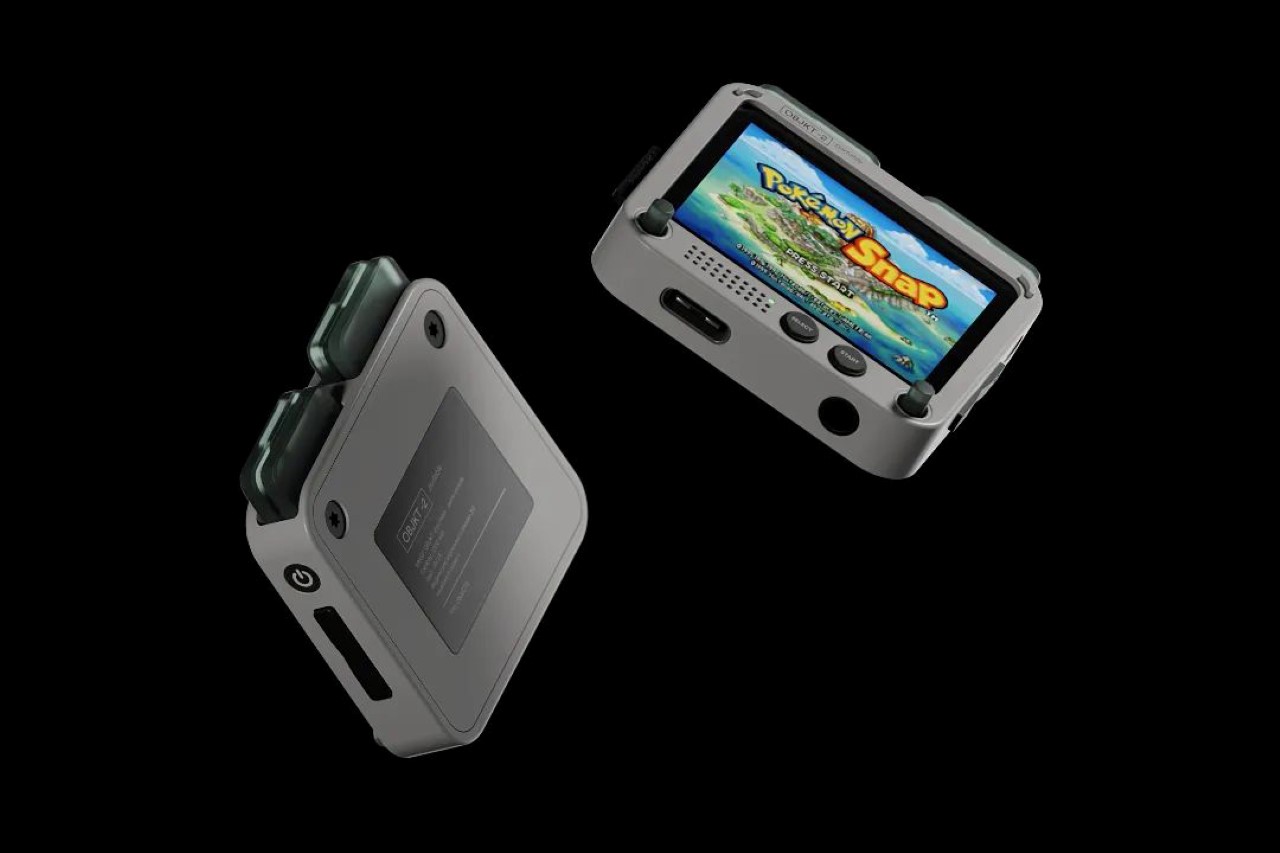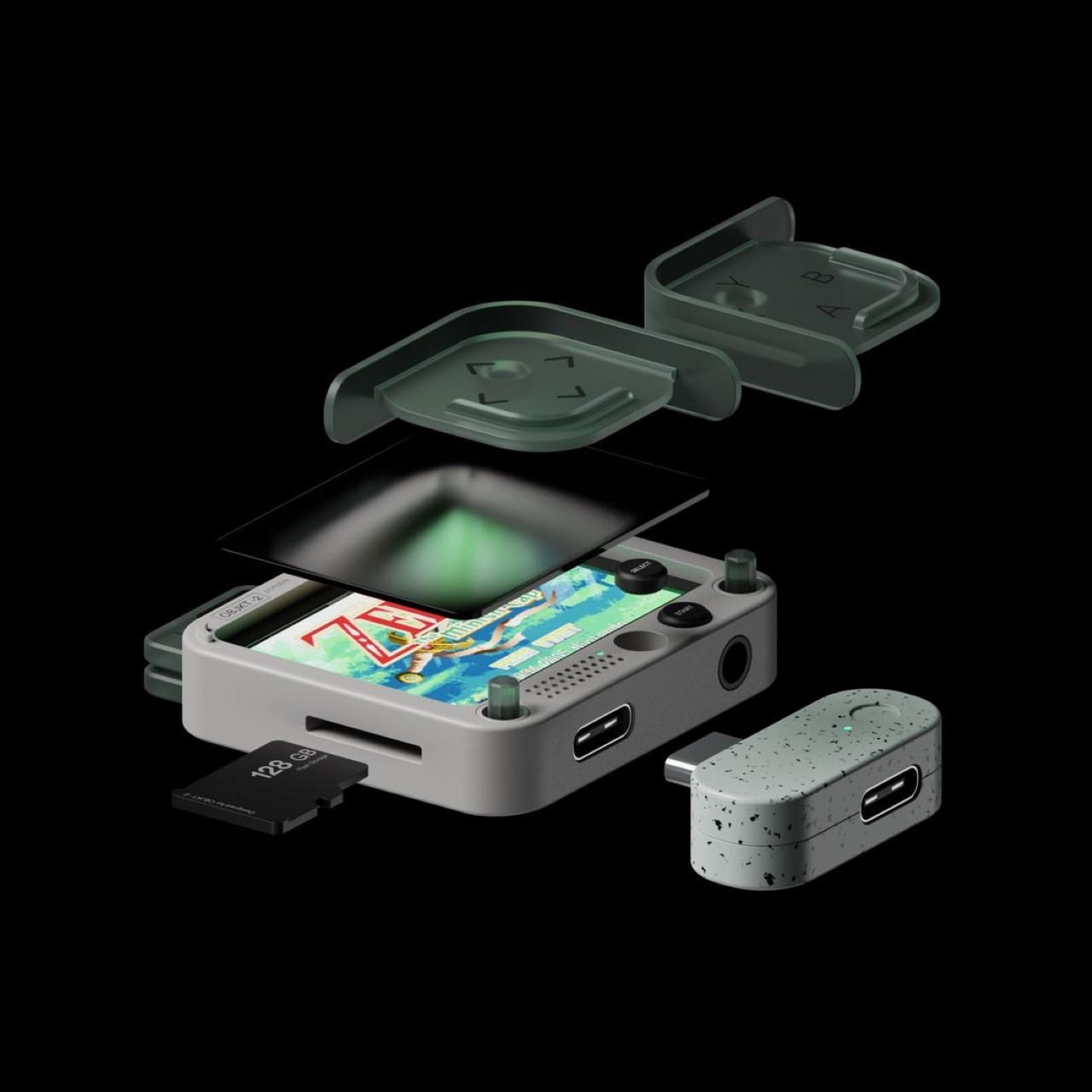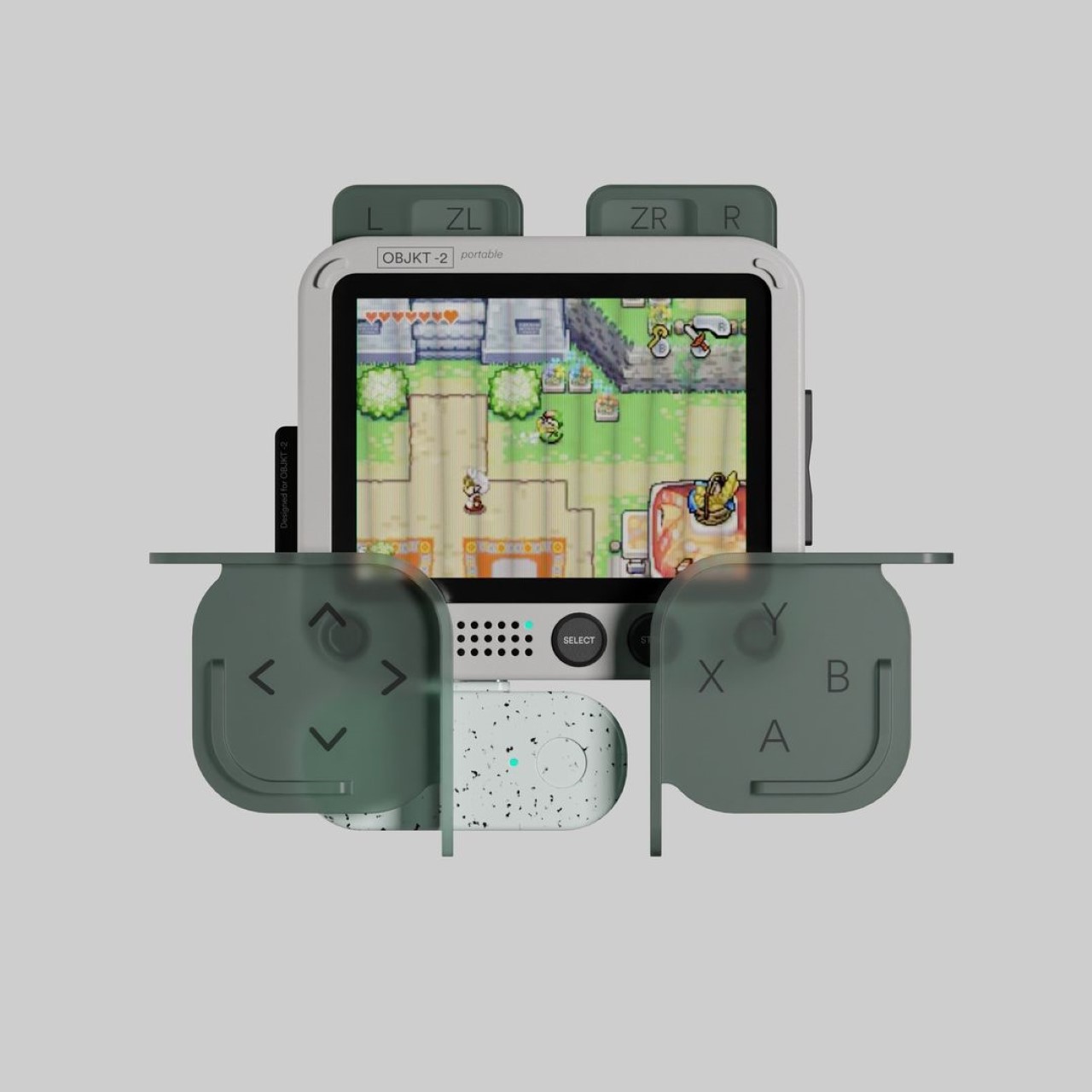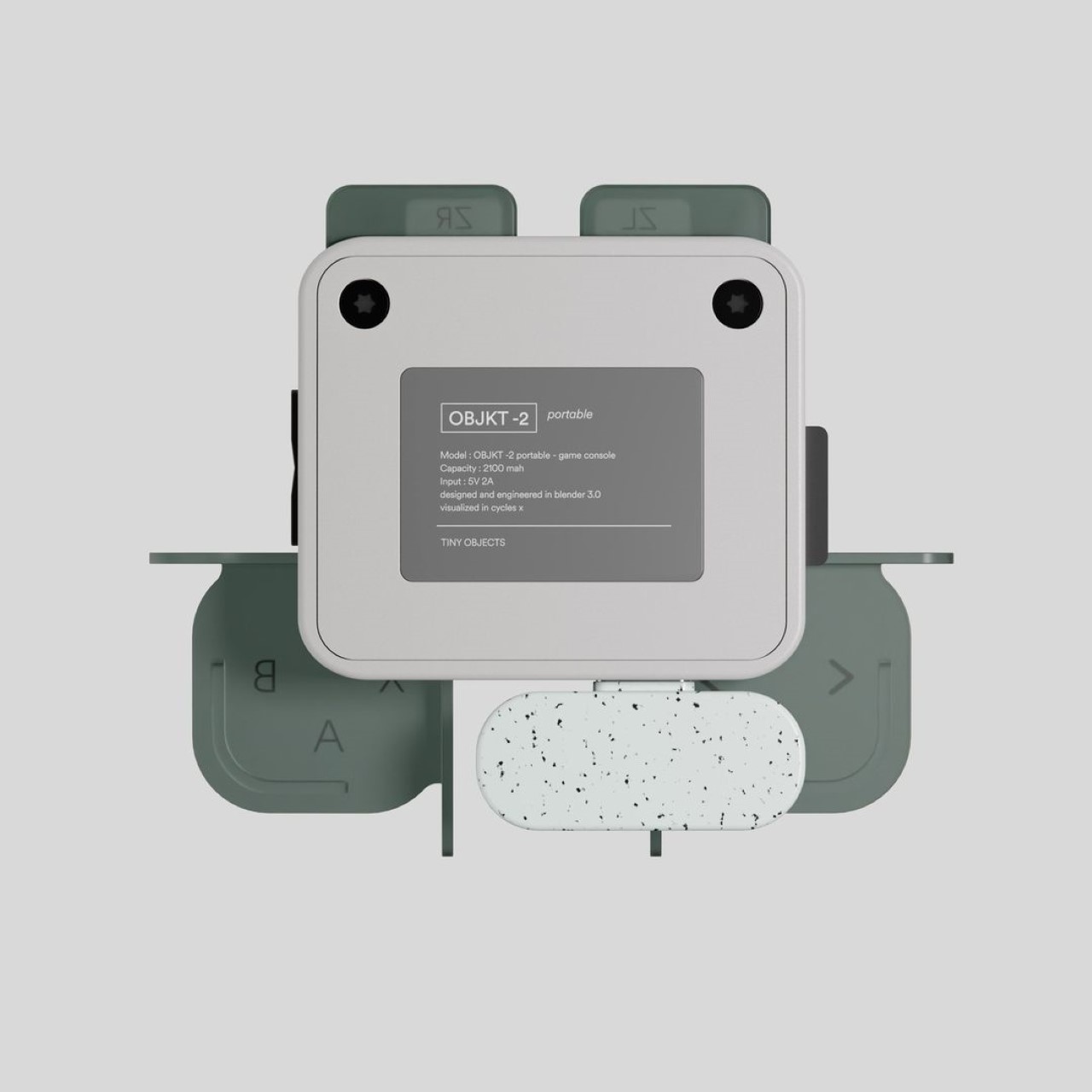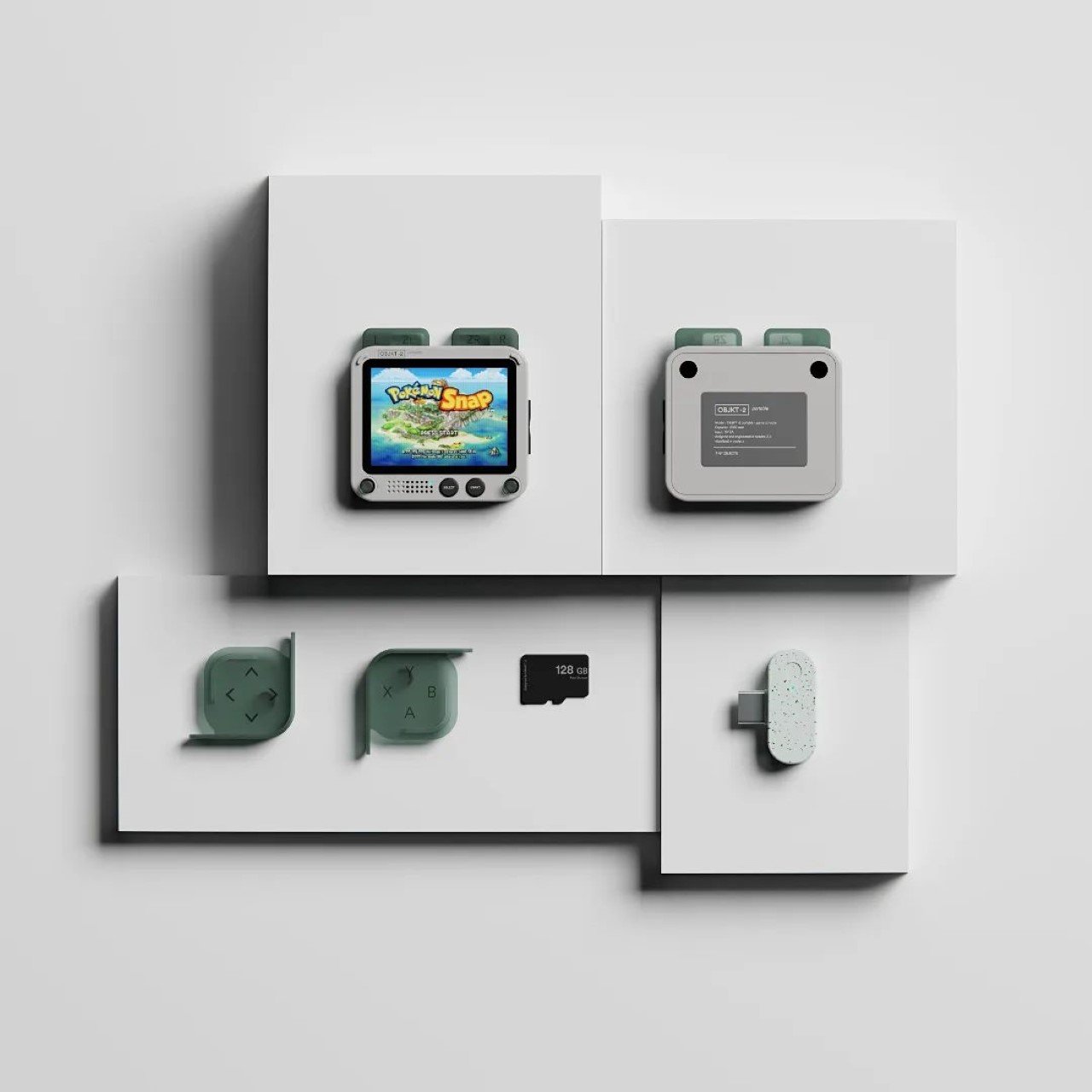Diem, the ambitious crypto project funded by Facebook has collapsed. The Diem Association confirmed that it’s selling its assets to Silvergate, the bank that had previously partnered with the group, and that it would “begin the process of winding down.” Bloomberg had reported talks of a sale last week. A Diem Association spokesperson alleged at the time that the report had unspecified "factual errors."
Now that the sale is official, it marks the end of a more than two year effort to launch the stablecoin championed by Mark Zuckerberg. Though the Diem Association was a separate organization from Facebook and parent company Meta, much of its funding came from Facebook. “I believe that this is something that needs to get built, but I get that I’m not the ideal messenger for this right now,” Zuckerberg told Congress in a 2019 hearing about his cryptocurrency ambitions.
The group previously known as the Libra Association had reportedly hoped to launch its stablecoin last January. But it ran into repeated roadblocks from lawmakers and regulators around the world, and the project was delayed and scaled back numerous times. Among officials’ top concerns was that Diem could be used for money laundering and other illicit purposes.
In a statement, Diem CEO Stuart Levey blamed US regulators for Diem’s demise, and defended the organization’s work to minimize risk with “industry-leading controls to protect consumers and combat financial crime.”
“Despite giving us positive substantive feedback on the design of the network, it nevertheless became clear from our dialogue with federal regulators that the project could not move ahead,” Levey. “As a result, the best path forward was to sell the Diem Group's assets, as we have done today to Silvergate.”
It’s unclear what this means for Facebook’s cryptocurrency wallet Novi, which launched a “small pilot” last year with the Pax Dollar stablecoin. At the time, Facebook’s former crypto chief David Marcus said the company remained committed to launching Diem. Marcus left the company a month later. Facebook didn’t immediately respond to a request for comment.
Update 1/31 9:25pm ET: "The Diem journey has been an ambitious and challenging one to date," Meta's head of Novi, Stephane Kasriel wrote on Twitter. "We hope that the Association’s sale of their assets to @silvergatebank will allow the project’s vision to live on. Because we still believe in the shared financial inclusion mission."
At Meta, we’re continuing to execute on our existing fintech plans to create economic opportunities and champion greater financial inclusion today, and as we look ahead to the #metaverse.
— Stephane Kasriel (@skasriel) January 31, 2022
